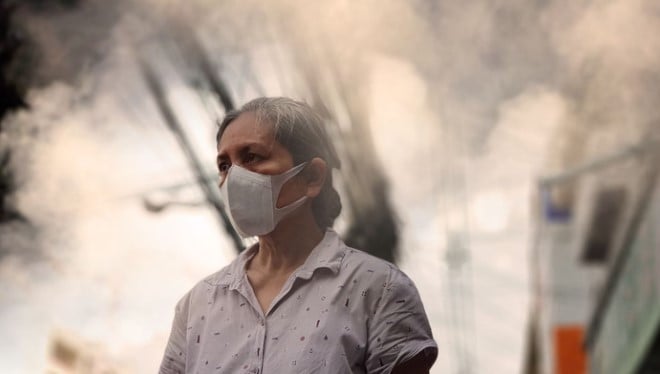
Delhi’s air pollution Crisis
Delhi is experiencing severe air pollution, with the air Quality Index (AQI) often exceeding 400.
Smog, fog, and toxic air make the city feel like a “gas chamber.”
Breathing in such conditions can cause immediate irritation and long-term organ damage.
Health Risks of air Pollution

1. Lungs and Respiratory System
Fine particles (PM2.5) penetrate deep into the lungs, causing inflammation.
Increases severity of asthma attacks and risk of chronic obstructive pulmonary disease (COPD).
Children are more prone to pneumonia and bronchitis.
Prolonged exposure can damage lung cells and potentially lead to lung cancer.
2. heart and Circulatory System
PM2.5 enters the bloodstream, thickening blood and raising the risk of blood clots.
Blood pressure increases, heightening the likelihood of heart attacks and strokes.
Heart patients and elderly individuals are particularly vulnerable.

3. Brain and Nervous System
Pollutants can reach the brain, causing inflammation.
Affects cognitive development in children.
In adults, increases risk of memory loss, brain fog, and neurodegenerative diseases like Alzheimer’s.
5 Essential Precautions
Wear Protective Masks – Always use N95 or N99 masks when outdoors.
Limit Outdoor Exposure – Avoid going outside during peak pollution hours, especially mornings and evenings.
Use air Purifiers – Install HEPA filter air purifiers at home to reduce indoor pollution.
Avoid Indoor Smoke – Minimize burning incense sticks, candles, or mosquito coils indoors.
Boost Immunity – Drink lukewarm water and consume vitamin C-rich foods like amla and citrus fruits.
Taking these precautions seriously can protect your lungs, heart, and brain from the harmful effects of Delhi’s toxic air.

Disclaimer:
The information contained in this article is for general informational purposes only. While we strive to ensure accuracy, we make no warranties or representations of any kind, express or implied, about the completeness, accuracy, reliability, suitability, or availability of the content. Any reliance you place on the information is strictly at your own risk. The views, opinions, or claims expressed in this article are those of the author and do not necessarily reflect the official policy or position of any organization mentioned. We disclaim any liability for any loss or damage arising directly or indirectly from the use of this article.




 click and follow Indiaherald WhatsApp channel
click and follow Indiaherald WhatsApp channel